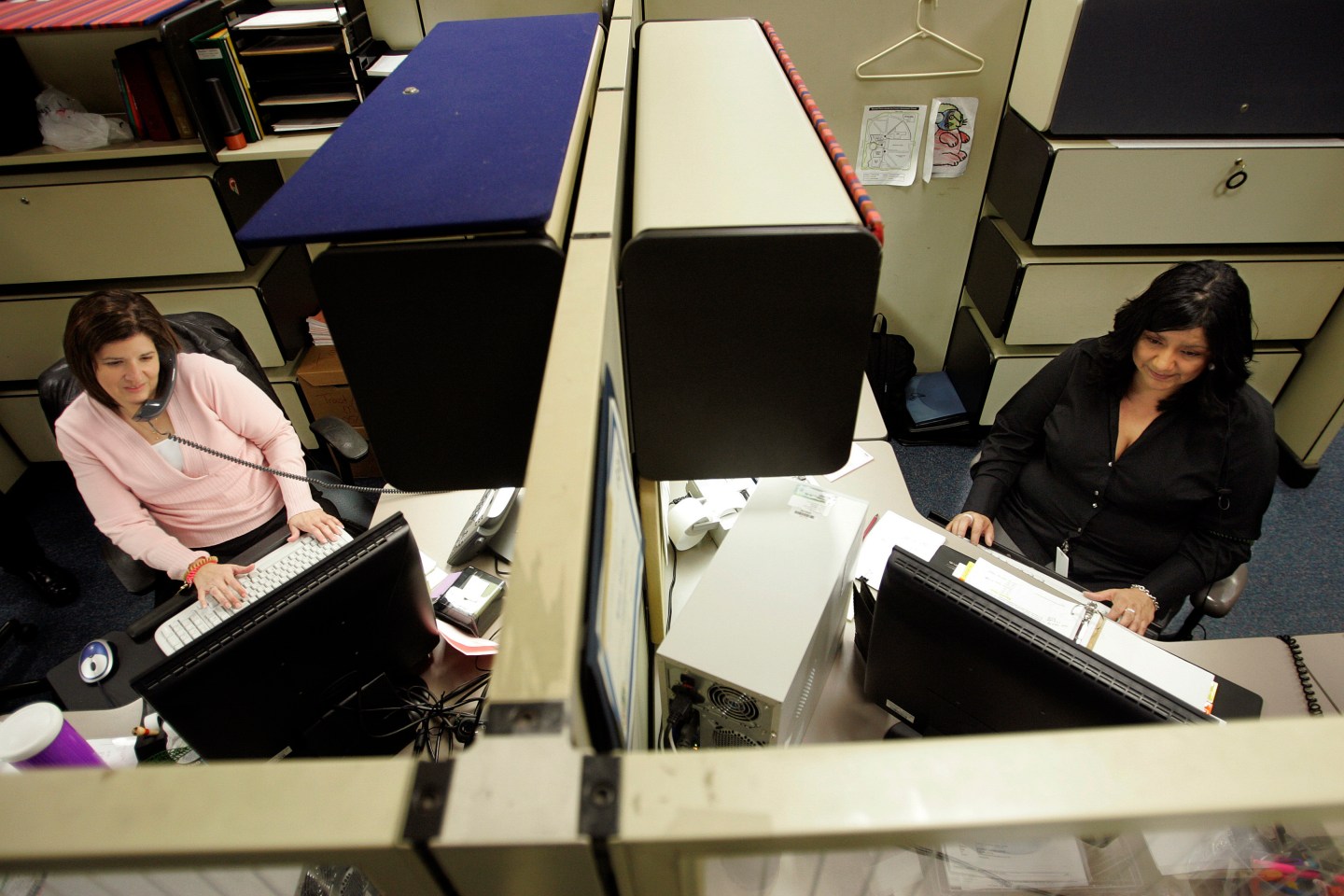Despite all our talk about progress, the gender wage gap got bigger last year.
According to the Institute for Women’s Policy Research, both women and men saw their median weekly incomes increase between 2014 and 2015—women’s income went up by 0.9% and men’s by 2.6%. Unfortunately, because the men’s increase was more significant, that caused the gender wage gap to get wider. In 2014 women made 82.5% of what men did; in 2015 that ratio decreased to 81.1%
Weekly earnings data was first collected in 1980 when women made 64.2% of what men did. That gap narrowed by about 6 percentage points between 1986 and 1995 and then again between 1996 and 2005. However, progress in the past decade has been much slower. Between 2006 and 2015, the gap narrowed by just 0.3%.
A gender wage gap exists across all racial and ethnic groups. It’s most drastic between Asian women and men with a ratio of 77.7%—Asian women make a median of $877 per week, as compared to $1,129 for their male counterparts. However, Asian women are closest to earning the same as white men with a 95.3% ratio.
The ratio between women’s and men’s median annual earnings is different as it tends to be between 3% and 5% lower than the median weekly earnings ratio, and the ratio for 2015 is not yet available. However it’s notable that, according to the report, if it continues to narrow at the same rate as it has been since 1960, the gender wage gap wouldn’t close until 2059.
“While we have many advancements to celebrate since the first International Women’s Day more than 100 years ago,” IWPR president Heidi Hartmann said in a statement, “the widening of the wage gap, even as women have higher levels of education than men, is a setback for women, their families, and the United States economy.”
